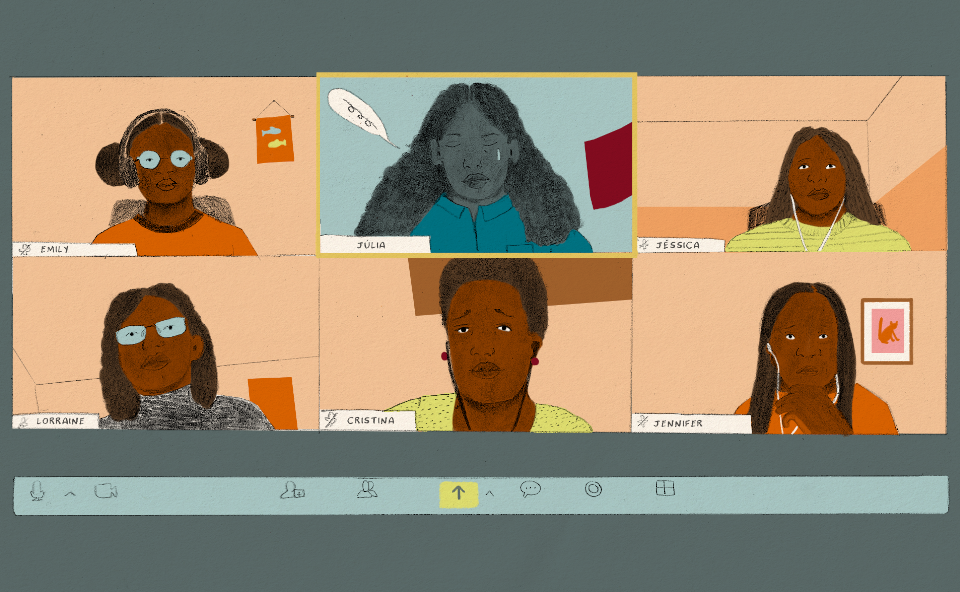
Original illustration by Gustavo Nascimento. Creative Commons BY-NC-SA.
The infrastructure of resistance may be defined as a variety of practices by which “movements develop their capacities to sustain common memories, build collective visions, voice alternatives, and engage in debate and analysis”.1 Community networks as defined by the Internet Society (ISOC) are a way of bridging the digital divide and they emerge when people agree to establish and maintain certain infrastructures for connecting to the internet. In short, they provide “internet by the people, for the people”.2 Murambinda Works, which will be highlighted in the Zimbabwean context, emerged as an infrastructure of resistance in curbing the global crisis brought about by the COVID-19 pandemic. It has managed to bring and restore hope to the Buhera North and West communities of Zimbabwe by connecting them to the internet. So many sectors nationwide are or were struggling and failing to survive the limitations and implications brought about by the combination of the lack of digital access and lockdown restrictions implemented by the government in response to the COVID-19 pandemic.
Zimbabwe, one of Africa’s developing countries, is a late adopter of what may seem to be the “latest” technology in its own context but is a norm or a basic requirement in developed countries. This is of great concern since the digital divide seems to increase as Zimbabwe lags behind in employing these new technologies, with one challenge being the shortage of monetary resources to invest in the necessary infrastructures. Hopefully, Zimbabwe’s connectivity will improve since it recently partnered with Huawei to improve the 4G LTE (first launched in 2009) and to venture into 5G.3 Therefore, many years of difference in accessibility highlight a high level of the digital divide internationally.
Zooming in to Zimbabwean communities, statistics of the 14.8 million people (of which 53.2% are women), showed that 32% of the population are in urban areas and the greater part (68%) live in rural areas.4 The Posts and Telecommunications Regulatory Authority (POTRAZ), announced a 29.9% increase in the use of mobile internet and data traffic.5 Even so, after noting such a positive increase, there is an imbalance in rural-urban connectivity, with 35.6%6 access in rural areas, increasing the digital divide internally in Zimbabwe. Internet coverage in rural areas is consequently a need driven by the National Information and Communications Technology policy.7
During the COVID-19 pandemic, there has been an involuntary force in all walks of life to quickly adopt and adapt to information and communications technology (ICT) tools as a way to resume operations in many sectors: education, business, work, etc. Much of this adoption required internet connectivity. However, most Zimbabwean communities are still struggling to merely have access to a good mobile network connection.8 In some remote rural areas, 2G network services often get no signal and people need to find a higher position or hang their dump (basic) “goat” phones in trees to make or receive calls; to enable a data connection devices need to have at least 3G or 4G technology and, obviously, mobile broadband networks. Due to other major challenges around health, social, natural disasters, politics and finance, Zimbabwe has not been able to invest in wireless network projects at a larger scale, especially those targeting rural areas. This is also subject to the telecommunications industry being the most crucial and with restricted access for aspiring entrepreneurs in the field, with most of these being forced to work under the government which is still focusing on other issues. Since the onset of COVID-19, business sectors have downsized their labour forces, schools were closed and people were forced to retreat to their rural homes. Those who were lucky enough to continue working online have faced issues with internet access. Given such challenges, the Murambinda Works community network emerged as an infrastructure of resistance to bring hope and continuity to the community in Buhera. One could say that this is a digital intervention that arose to “hack the global crisis” of the COVID-19 pandemic.
The Murambinda Works community network emerged as an infrastructure of resistance to bring hope and continuity to the community in Buhera. One could say that this is a digital intervention that arose to “hack the global crisis” of the COVID-19 pandemic.
Murambinda is a growth point in the Buhera District of the Manicaland Province. The development of Murambinda Works managed to connect about 108,000 people in the Buhera North and West, as informed by ISOC. Breaking down this figure using POTRAZ’s survey, showing 35.6% connected households in rural areas, reveals that 3.01% of women in Zimbabwe were connected by this community network.9 The network has more than 25 nodes and is a mesh topology with a fibre-based backhaul on the core network. There is great involvement from various stakeholders (the board) such as the co-founder of Vision Internet (the café where the network is hosted), Joseph Bishi – the inspiration behind the network, individual representatives from the business community, the faith-based community, health and education sectors and traditional leaders (who are consulted before doing any construction in a place or on a mountain). Great external support of various activities came from ISOC, the Zimbabwean Ministry of ICT & Courier Services, POTRAZ, UNICEF, ITU Development Sector and Zimbabwe Community Network Initiatives (ZCNI) – the NGO offering expert knowledge in the building of community networks. The network has women involved in the setting up of infrastructure, management, day-to-day administration of servers and installation services at different sites, e.g. in schools. To mention a few, Emily Chibvongodze, the CEO of Buhera District Council, is the chairperson of the community network board and once led a successful community network engagement workshop while Lorraine Tanyanyiwa, in the image below, is one of the women in charge of the monitoring and administration of community network servers and the technical support of community networks at Vision Internet. She has been involved in various site installations, e.g. Figure 1.
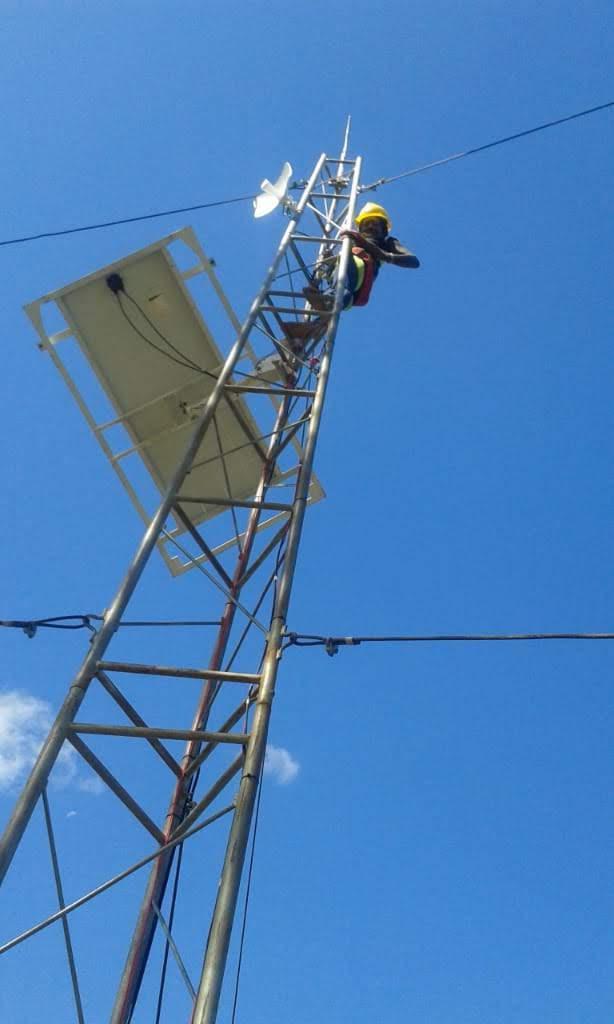
Figure 1: Lorraine Tanyanyiwa installing a booster at Nerutanga Mountain.
The network has women involved in the setting up of infrastructure, management, day-to-day administration of servers and installation services at different sites, e.g. in schools.
Due to the lack of connectivity, communities had faced many challenges accessing information, from the education sector, health, agriculture, foster homes and even access to essential or updated information during the lockdown periods. Setting up the Murambinda community network, using the services in Figure 2, made a huge impact, particularly to the following groups:
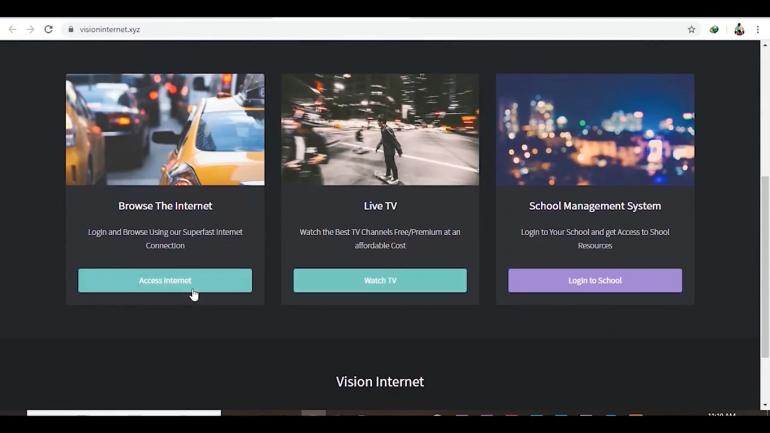
Figure 2: Resources on the Murambinda Works which are used by the stakeholders listed.
- Tertiary students who were failing to attend the e-learning lessons due to expensive mobile data e.g. USD 1 pays for, on average, 80 MB of mobile data. This was a crisis given that the students’ e-learning bundle from universities came in late, when exams were about to start, meaning that the students would have already missed many lessons. There was a huge digital divide between the students that could afford to buy mobile data and those who could not. The Murambinda Works internet café – Vision Internet, brought an affordable standard for all these students to access their e-learning material for only a USD 1 per hour for an unlimited connection. More on this can be read in Hope Mubayiwa’s story on the ISOC article, Scaling Opportunity with Murambinda Works.10
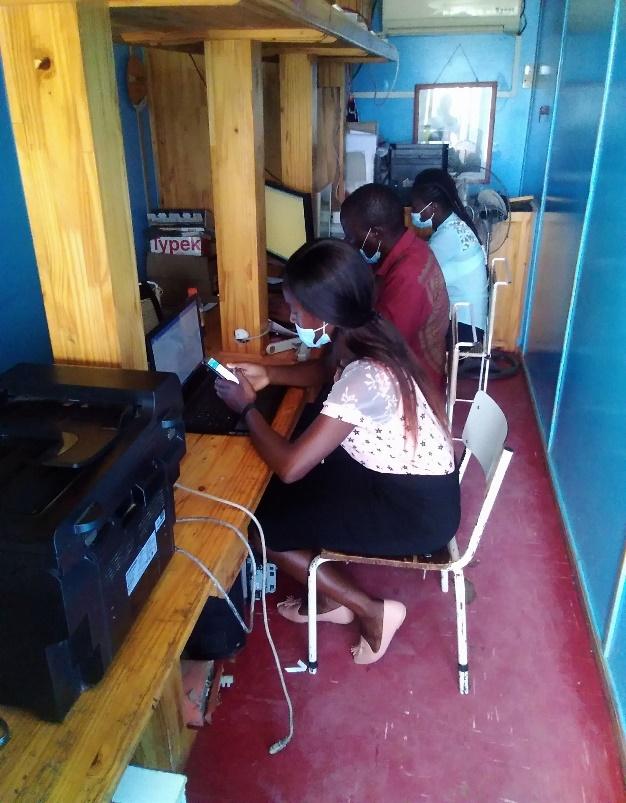
Figure 3: Students and older citizens at the Vision Internet café.
- The Murambinda School of Nursing and Midwifery benefited from the community network which contributed to making the Murambinda Mission Hospital one of the best hospitals in Zimbabwe. The government, through POTRAZ, donated 10 laptops to the connected nurses’ training school on the launch of the community network with ZNCI.11 This also allowed them to have access to updated information on health issues, especially during the pandemic.
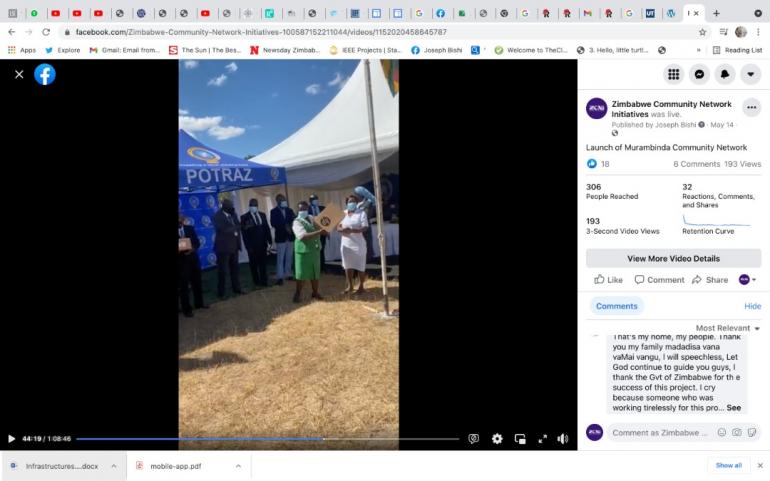
Figure 4: Midwives from the Murambinda Mission Hospital's nursing school receiving the laptops.
- The set up also brought the government to support the community’s education system by donating computers to connected primary and secondary schools as the community network has a school management system which includes e-learning resources that are uploaded from the district education offices. This made a great impact and brought joy to many children especially girls who might have not used a computer before. Many of the students’ testimonials can be seen on the YouTube video “Community Networks, Zimbabwe(link is external)”.12 This support also aligned with the vision of the International Girls in ICT day, which seeks to empower, expose and build the girl child into taking up ICT related courses in the future. This issue was particularly raised on the 10th anniversary of Girls in ICT by the ITU.13 This gave hope of a better future with more women getting exposure to the digital world by giving them access to this other world that they might not have had before. Technical trainings of these students and even the teachers is administered by ZCNI.
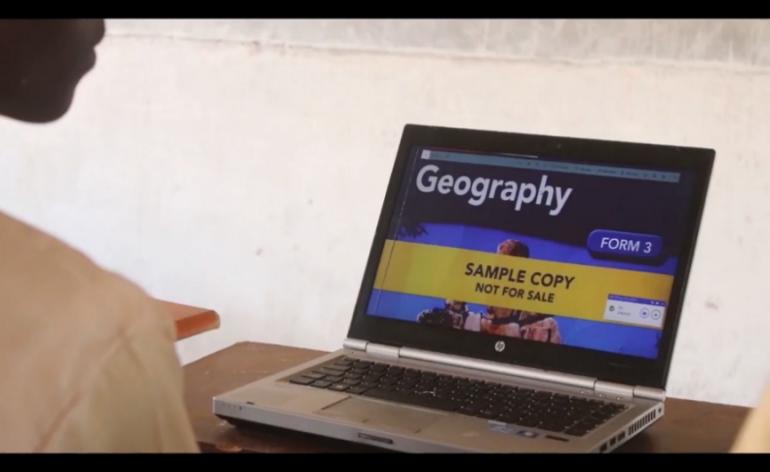
Figure 5: School Management System e-learning resources.
- Farmers in Buhera also benefited from the community network due to the attention the community received through the setup of the network. They market their products locally and online and are also collaborating with other global institutions such as the Home for Humanity International community, particularly Christina Taranhike who produces ginger and garlic at large scale.14 She had initially requested to be connected since her home area had no mobile network access. Who would have thought that farmers would also adopt e-commerce services, especially in rural areas, and even expand to international trade levels?
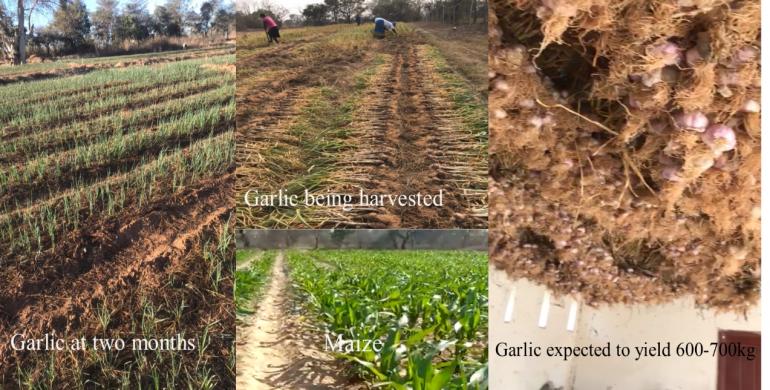
Figure 6: Christina Taranhike's current products.
It is rare for a project to encompass so many things and even succeed in supporting orphans and vulnerable children. The Murambinda Foster Home, the only orphanage in the entire district of Buhera, was also connected to this community network family. The children there also now have access to the internet and can enjoy some entertainment by using the internet.
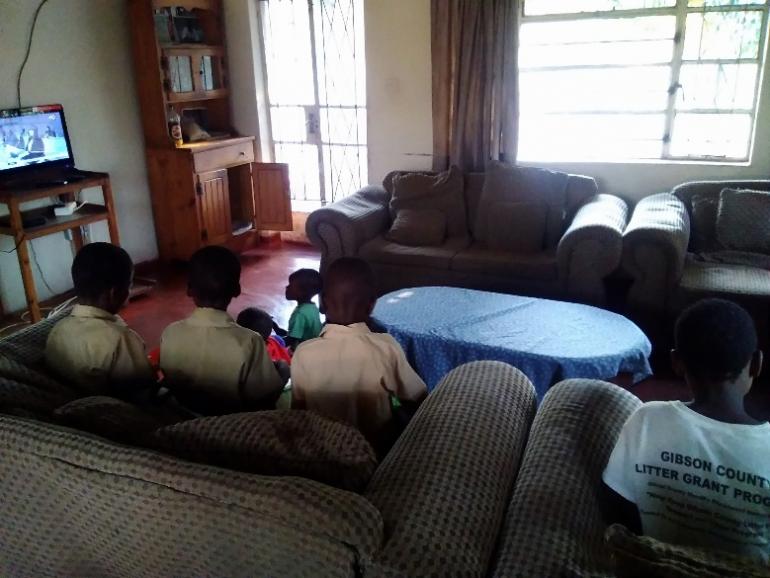
Figure 7: Children at the Murambinda Foster Home viewing the television that was set up after the connection was established.
- Musasa,15 a home to shelter vulnerable young women from all forms of abuse, which has also increased during lockdowns; has also been connected to the internet which helps these young girls get counselling and educational material online. Murambinda Works has come in as a digital intervention against gender-based violence during this pandemic. One may question how numbers of cases of abuse rose; this may have been perpetrated with the high-stress levels brought about by job loss, financial insecurity and other push factors.
Murambinda Works has come in as a digital intervention against gender-based violence during this pandemic.
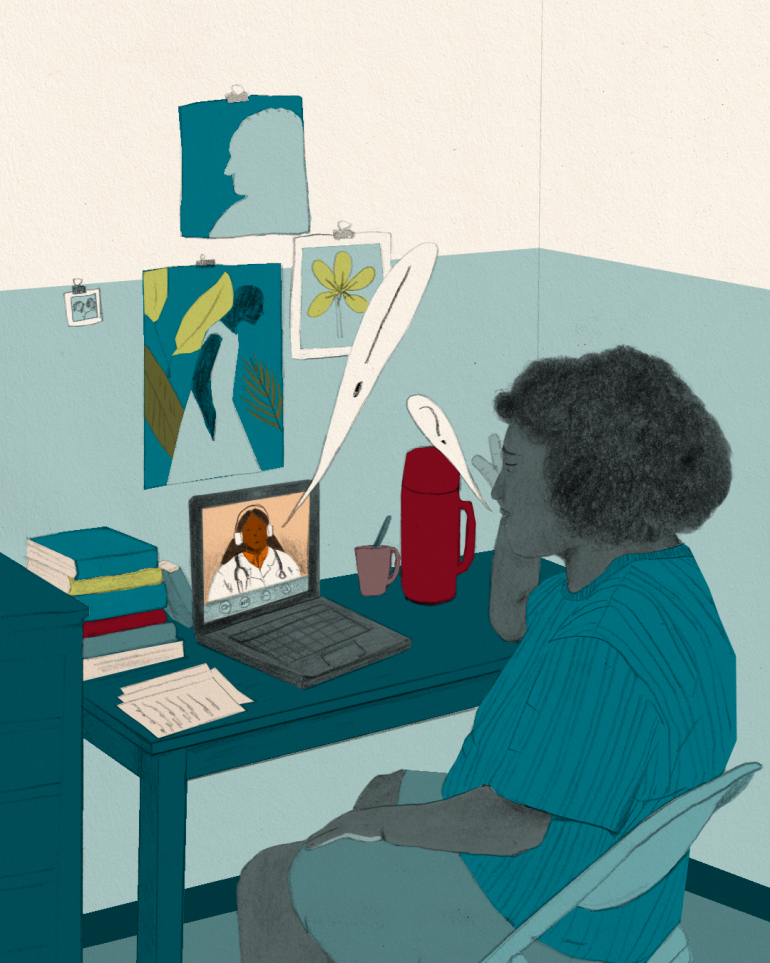
Original illustration by Gustavo Nascimento. Creative Commons BY-NC-SA.
This community network project has brought many communities to desire the fulfilment brought by the establishment of such a network, by looking at the impact made in the lives of people in Buhera. Zimbabwe at large is also certain to achieve some of the vision 2030 with “Zimbabwe being open for business” even in times of such a pandemic. There are so many businesses emerging and prospering due to this connectivity.
In the future, through the drive of the Murambinda community network board, the network will sustain itself through continuing to provide cyber café services; day-to-day unlimited Wi-Fi services at USD 1 per hour, installation of Wi-Fi services to individuals, private companies and schools, monthly internet subscriptions, trainings, computer maintenance and repairs. Support also comes from the government with the endorsement of the ICT minister and from other NGOs who offered maintenance and technical support of the community network systems, e.g. ZCNI.
If it were not for this digital intervention, such production would have not been realised. All this good is coming from just 108,000 people in a population of 14.8 million. There is still more Zimbabwean treasure buried in all the other communities that do not yet have access to connectivity like the Murambinda community network. Such productivity calls for Zimbabwean communities to come together and benchmark Murambinda Works in their regions.
Hopefully, Murambinda’s model will be replicated in the near future. This would not only help individuals during this pandemic but also contribute to community development. It offers an investment and a key to unlocking other abilities that people may have without the limitation of connectivity. Murambinda Works has proven that the future is in our hands, as Nelson Mandela said. The sooner that communities come to this realisation the better. This kind of work does not only benefit the people today, but it will benefit generations to come.
Footnotes
- 1. Shantz, J. (2009). Re-Building Infrastructures of Resistance. Socialism and Democracy, 23(2). https://www.researchgate.net/publication/249018315_ReBuilding_Infrastruc...(link is external)
- 2. nternet Society. (2021). Community Networks. Internet Society. https://www.internetsociety.org/issues/community-networks/(link is external)
- 3. he Southern African Times. (2021, 22 September). Zimbabwe Partners Up with Huawei to introduce 5G. The Southern African Times. https://www.thesouthernafricantimes.com/zimbabwe-partners-up-with-huawei...(link is external)
- 4. The World Bank. (2019). Population, female (% of total population) – Zimbabwe. https://data.worldbank.org/indicator/SP.POP.TOTL.FE.ZS?locations=ZW(link is external)
- 5. Machengete, G. K. (2021). Sector Performance Report, 1st Quarter 2021. Techzim https://www.techzim.co.zw/wp-content/uploads/2021/06/Q1-Sector-Performan...(link is external)
- 6. POTRAZ. (2020). 2020 ICT Access by Households and Individual Use by Individual Survey. POTRAZ. https://drive.google.com/file/d/1LxRx1cj2qTxIdF1flvHq0QCWQPO5knpU/view(link is external)
- 7. National Information and Communications Technology (ICT). (2016). https://en.unesco.org/creativity/sites/creativity/files/qpr/zimbabwe_nat...(link is external)
- 8. Dzoma, G. (2021, 16 September). Zimbabwe’s internet speeds versus other African countries. Techzim. https://www.techzim.co.zw/2021/09/zimbabwes-internet-speeds-versus-other...(link is external)
- 9. ITU. (2020). Measuring Digital Development Facts and Figures 2020. ITU. https://itu.foleon.com/itu/measuring-digital-development/gender-gap/(link is external)
- 10. Internet Society. (2021). Scaling opportunity with Murambinda Works. Internet Society. https://www.internetsociety.org/issues/community-networks/success-storie...(link is external)
- 11. https://fb.watch/8ktYfWTUas/(link is external)
- 12. https://youtu.be/rr-1PQK75yI(link is external)
- 13. ITU. (2021). International Girls in ICT Day 2021. ITU. https://www.itu.int/women-and-girls/girls-in-ict/(link is external)
- 14. Sunday Mail. (2021, 18 July). Garlic, ginger: Gold from Buhera. Sunday Mail. https://www.sundaymail.co.zw/garlic-ginger-gold-from-buhera(link is external)
- 15. https://musasa.co.zw/(link is external)
- 4151 views






Add new comment